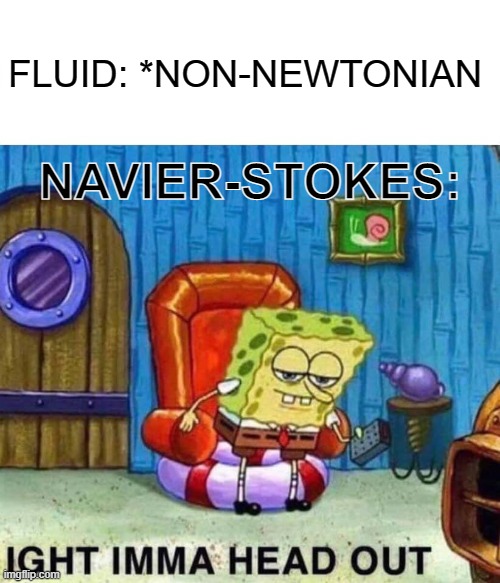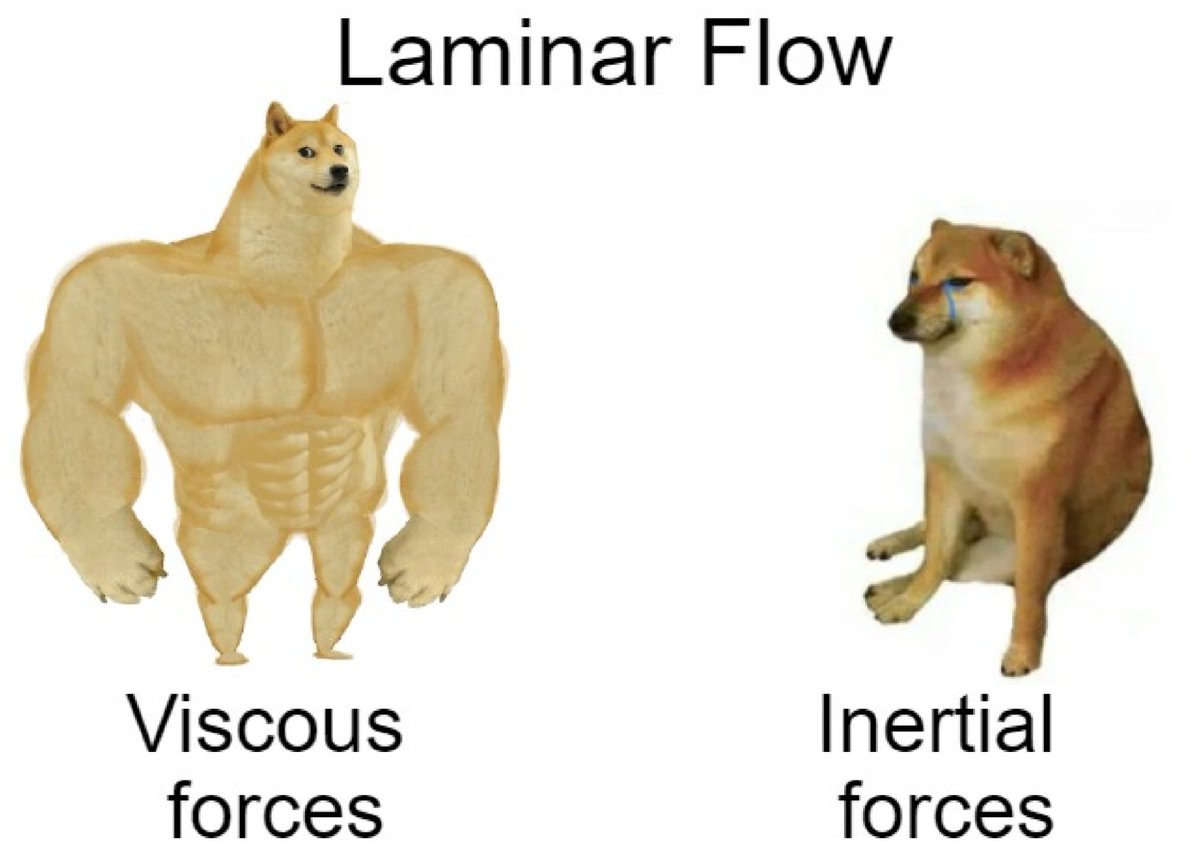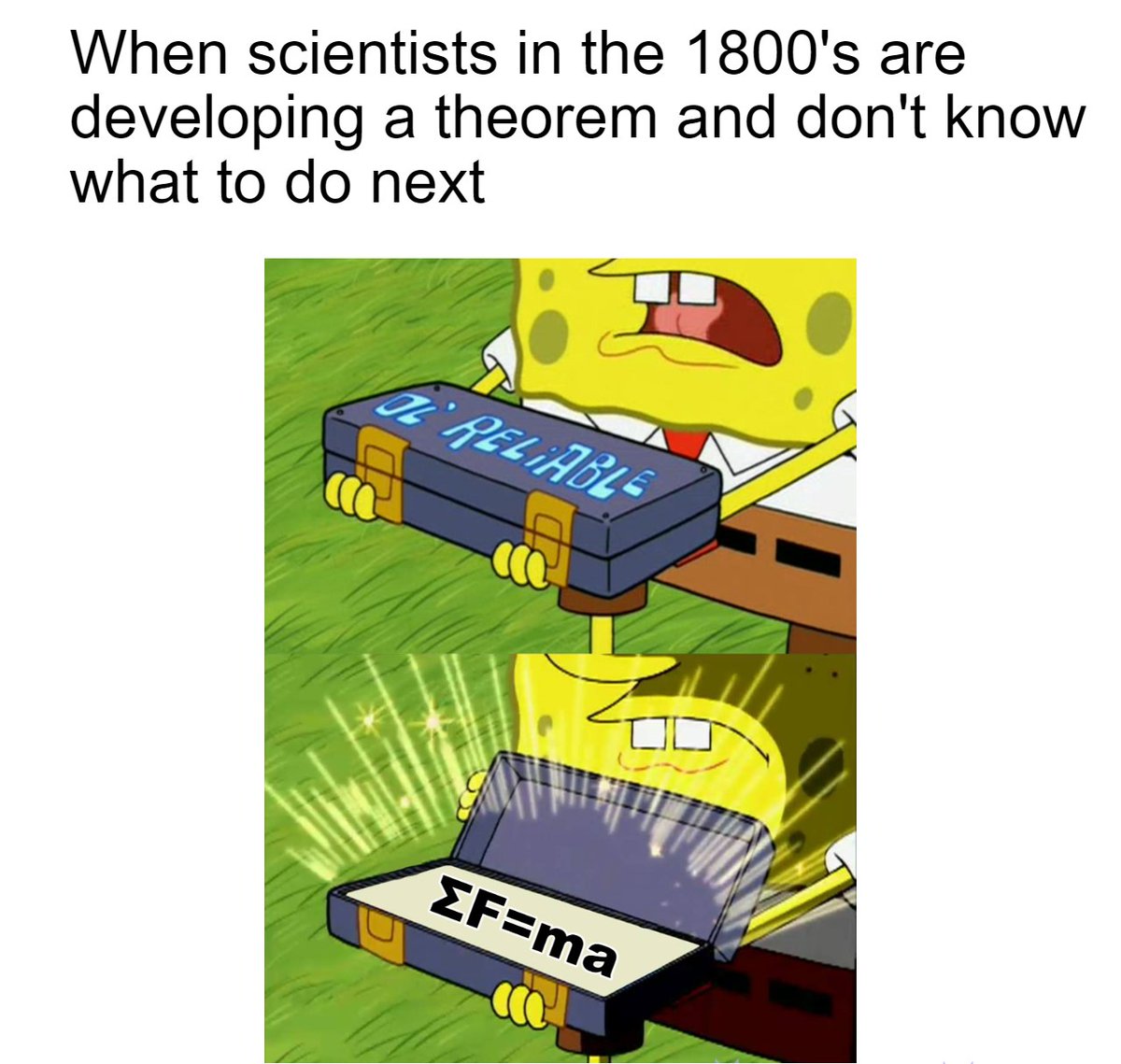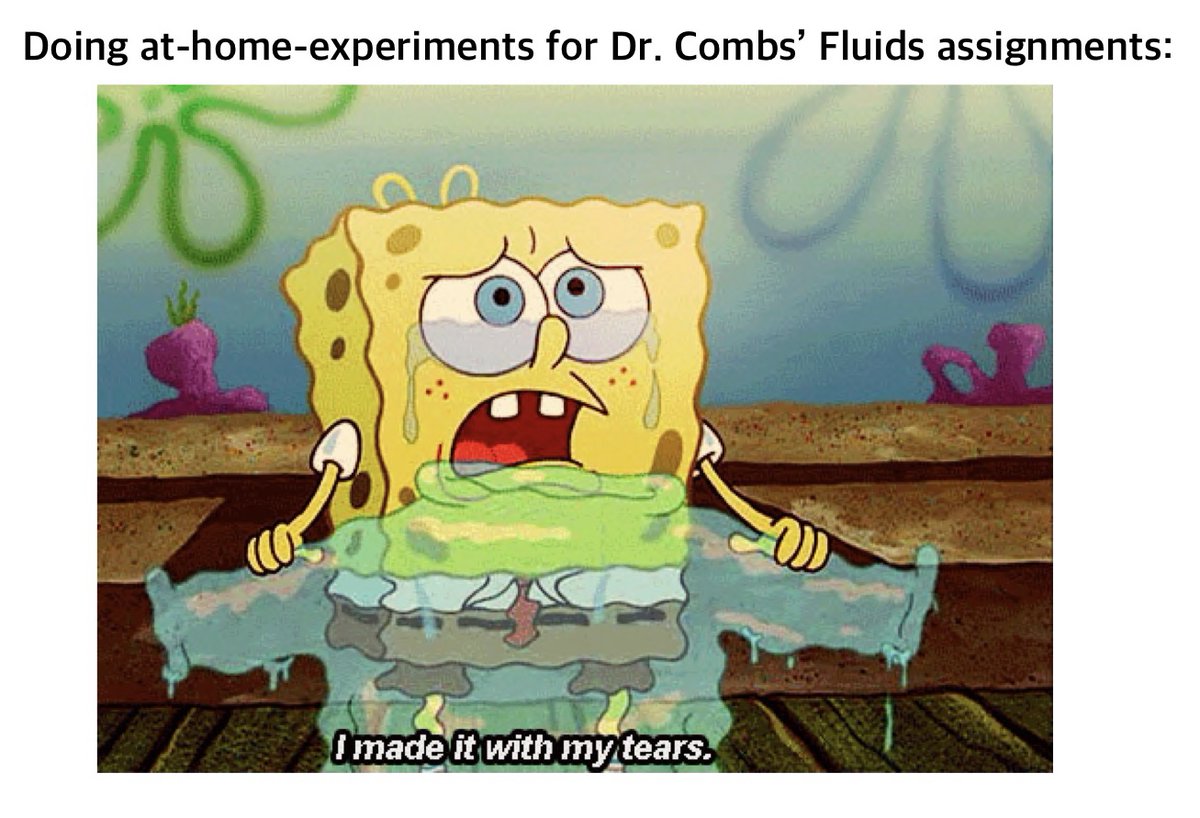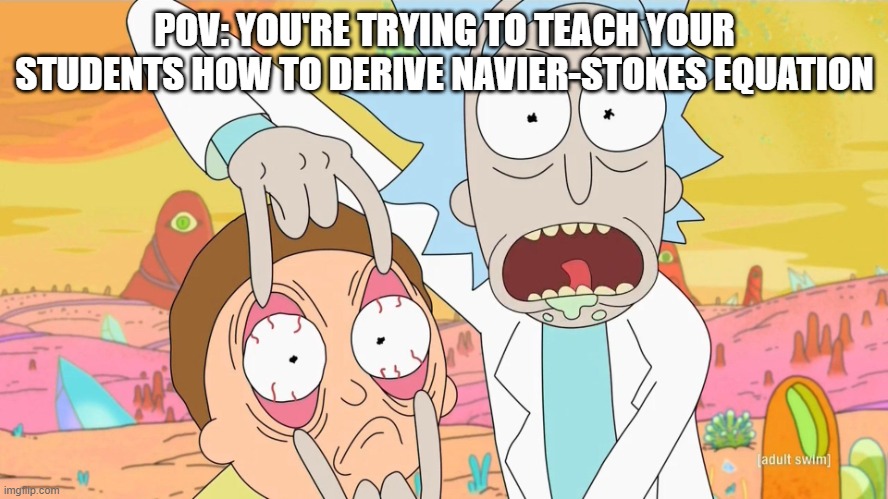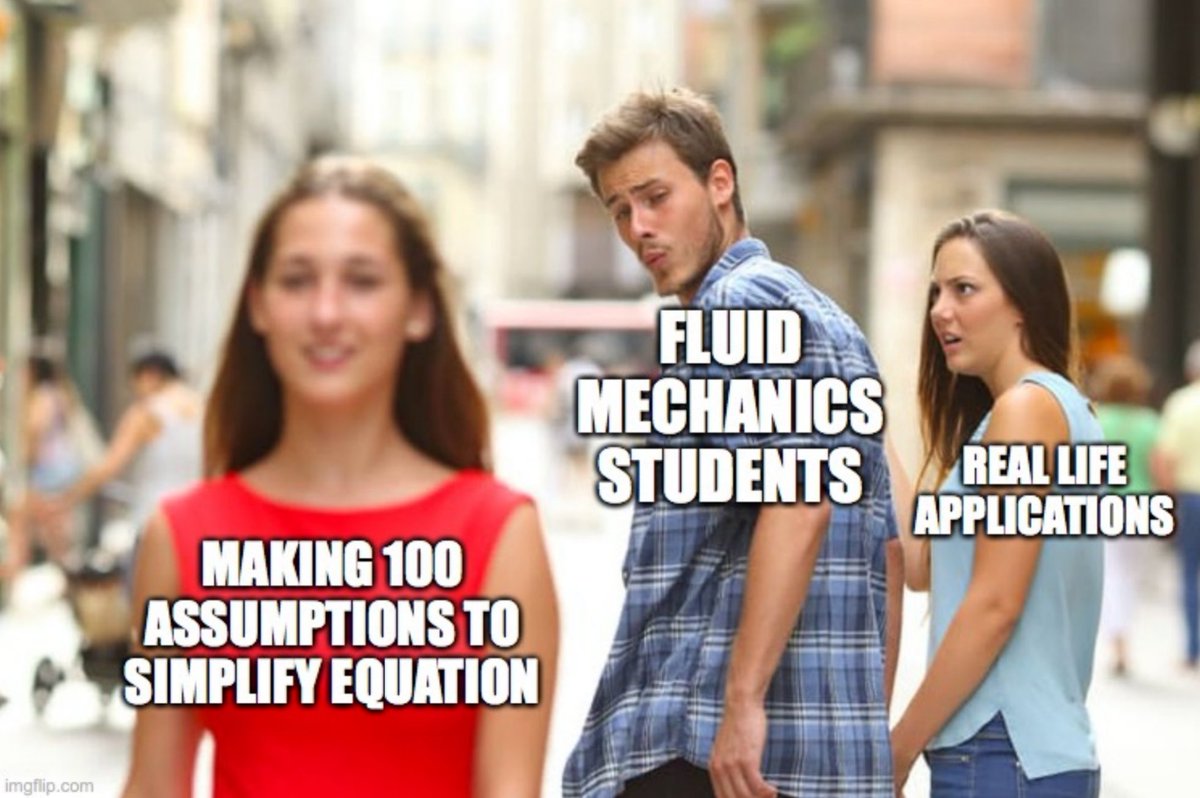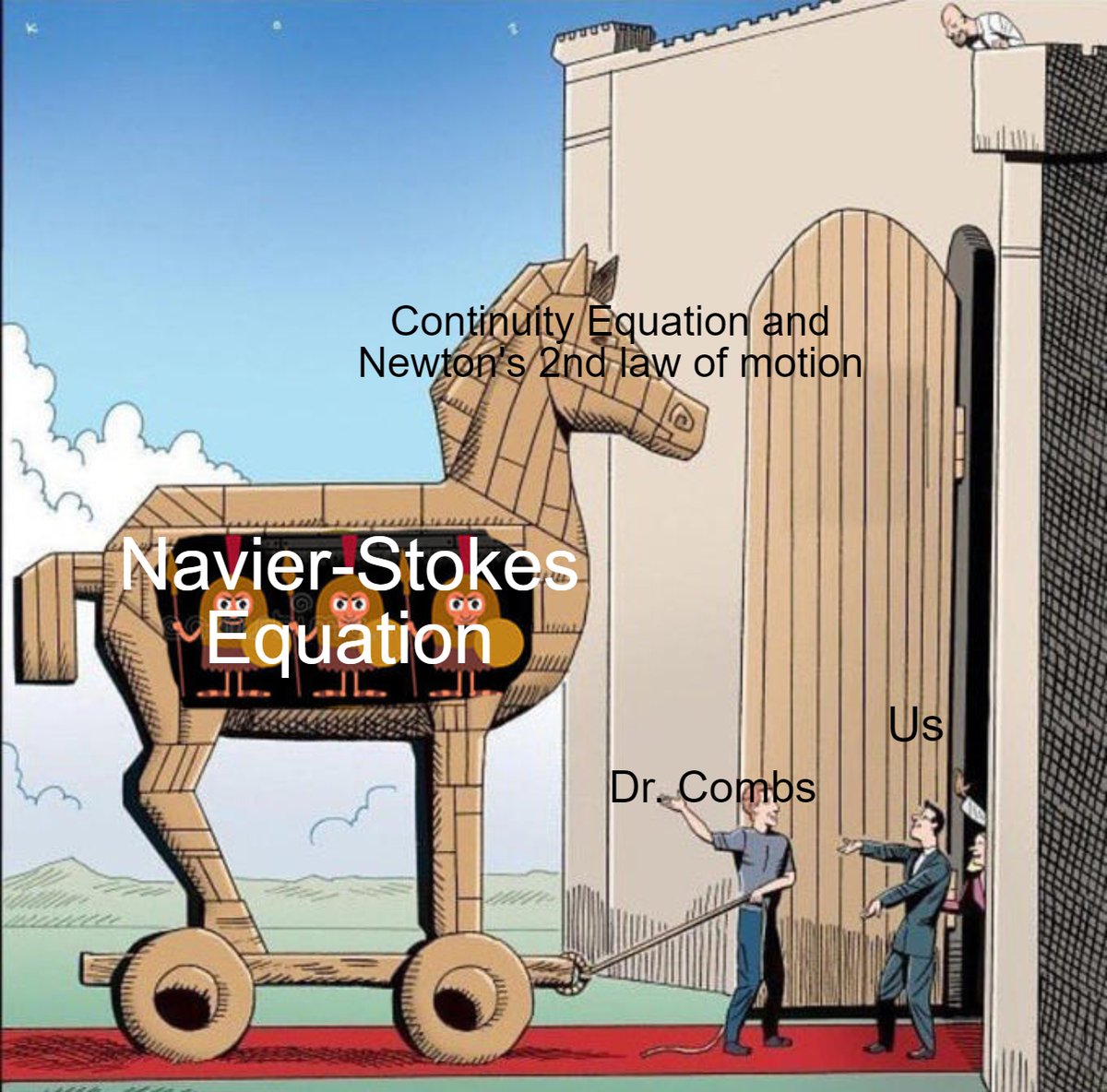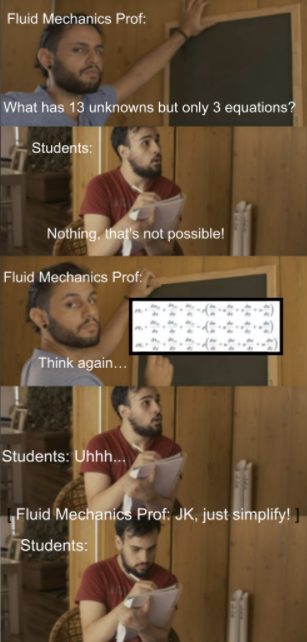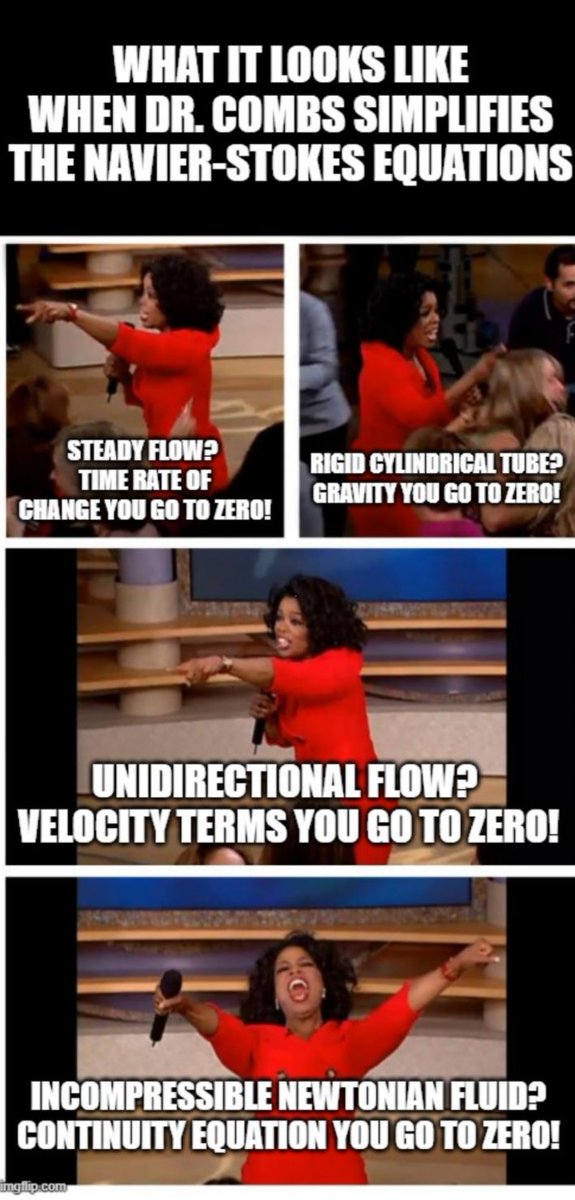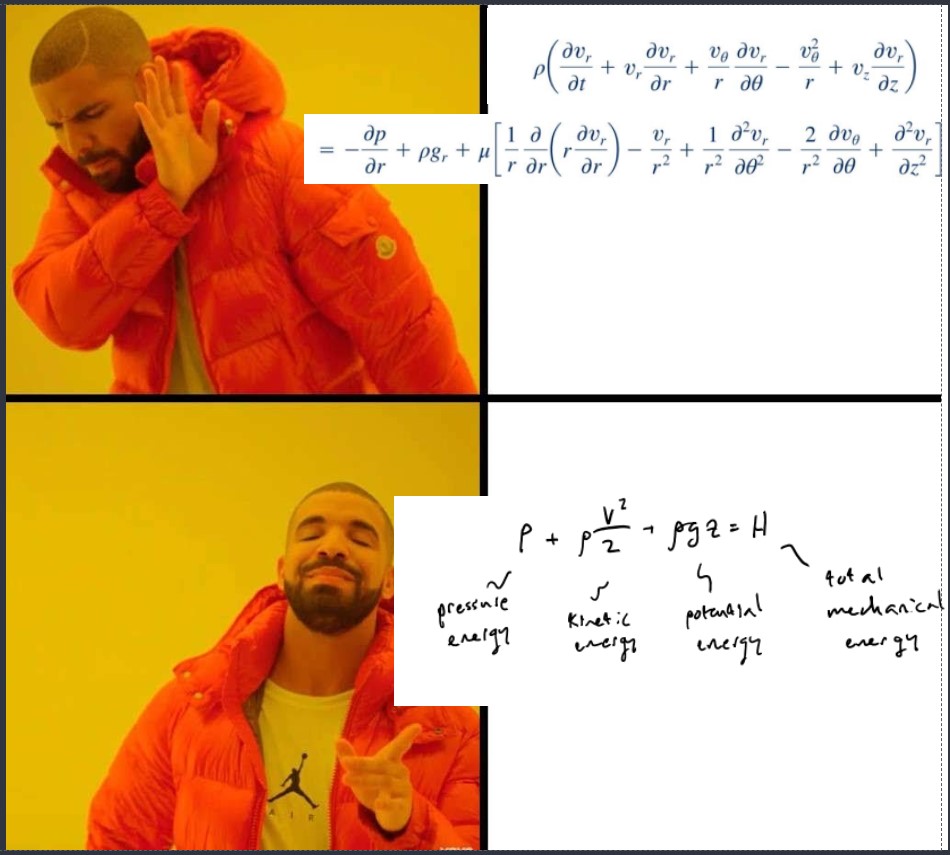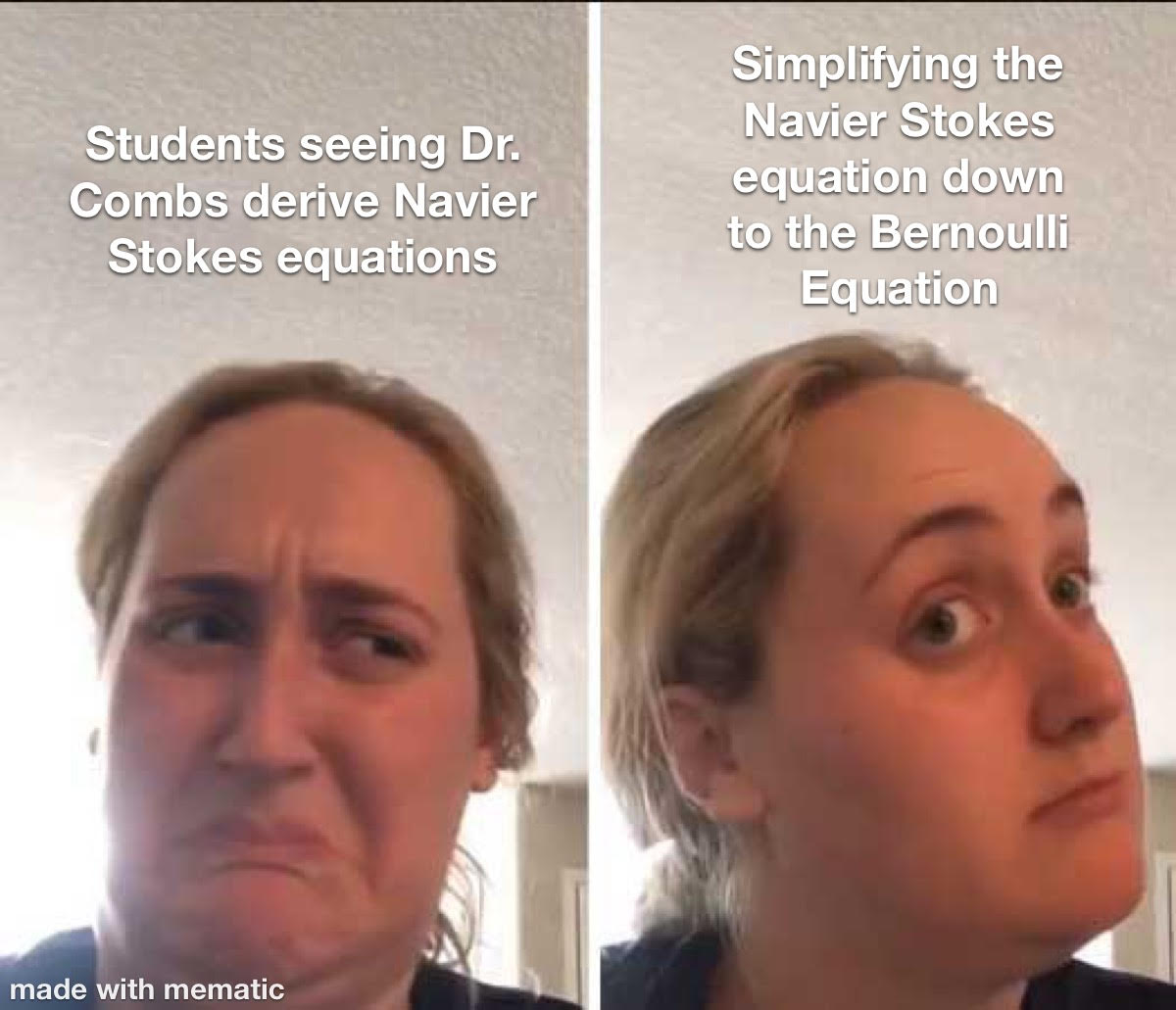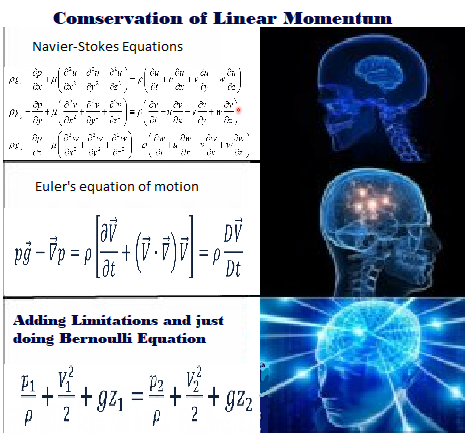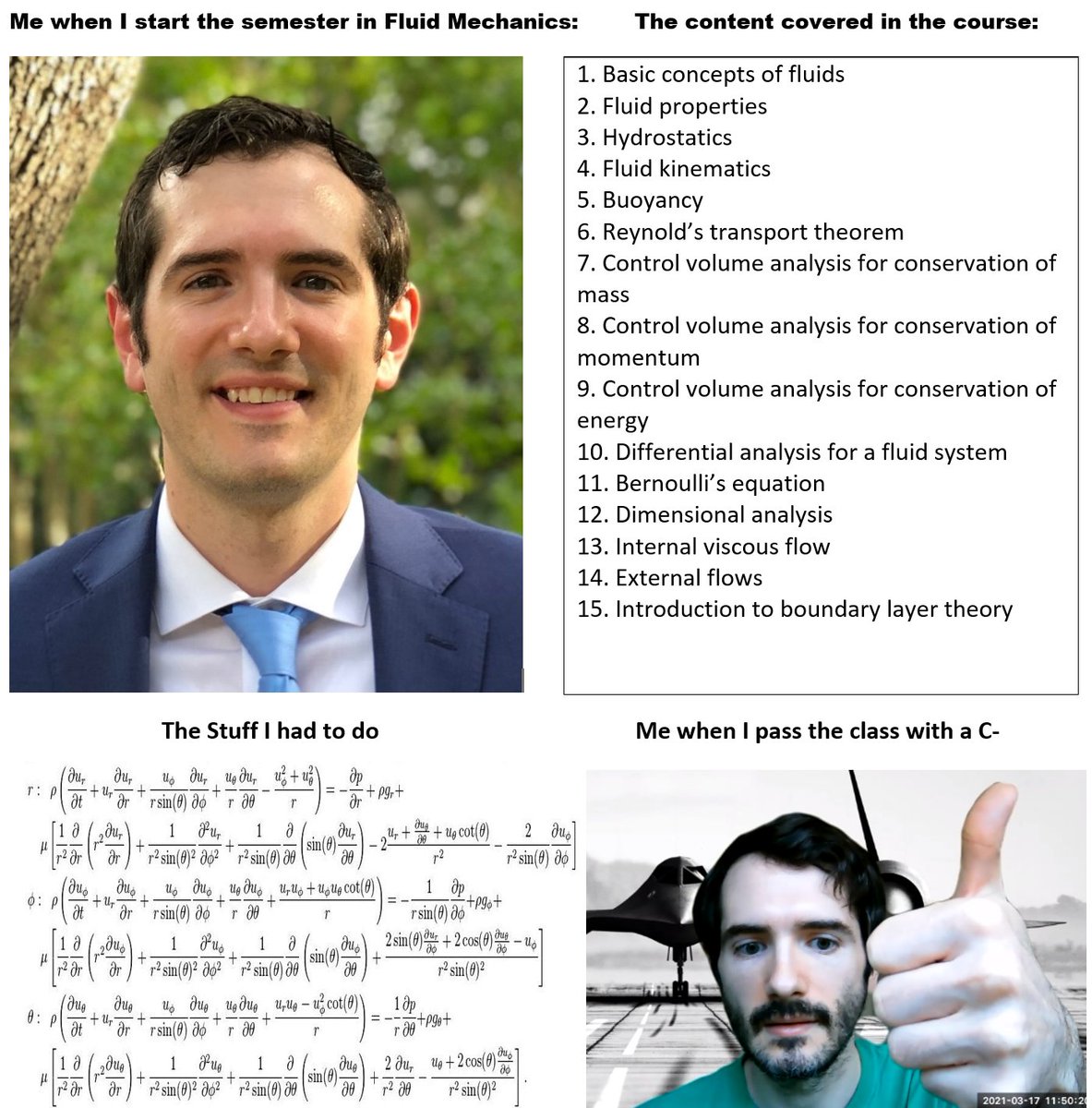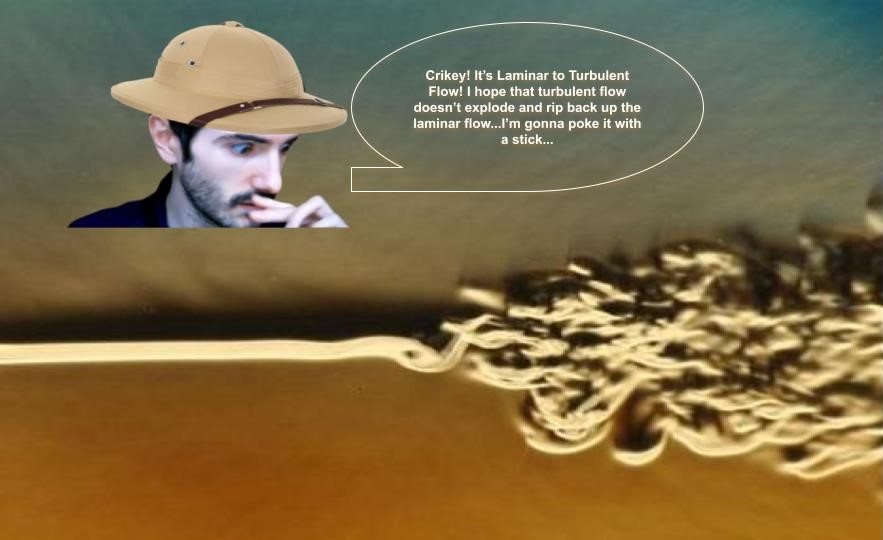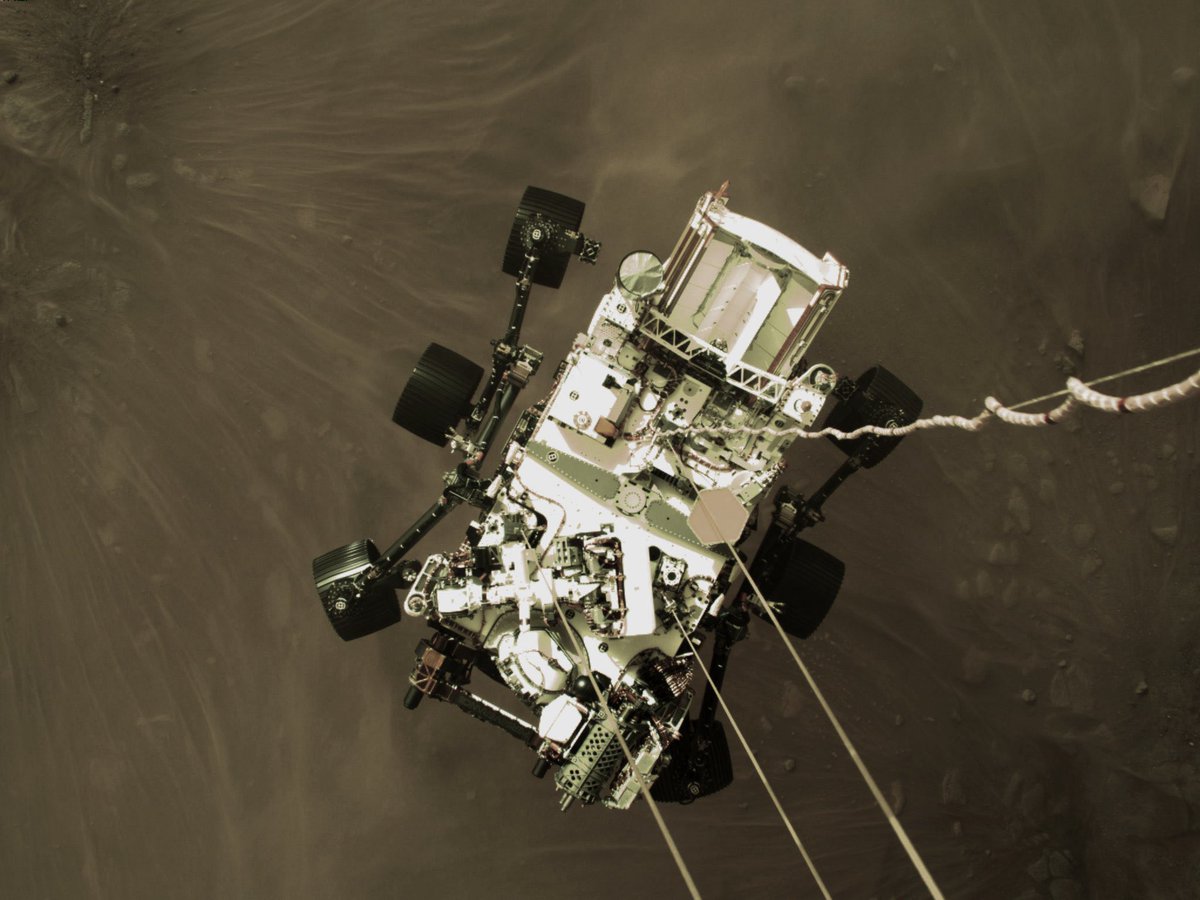
It's been a tough semester for everybody, so to lighten the mood and provide some extra credit points I posted a meme challenge to my fluid mechanics class
The submissions were BRILLIANT
Sit back and enjoy this nerdy fluids meme thread. Our @UTSA students rock
#AcademicChatter
The submissions were BRILLIANT
Sit back and enjoy this nerdy fluids meme thread. Our @UTSA students rock
#AcademicChatter

There were so many hilarious submissions (over 100!!) so I unfortunately can't highlight them all, but there are some that literally made me LOL 




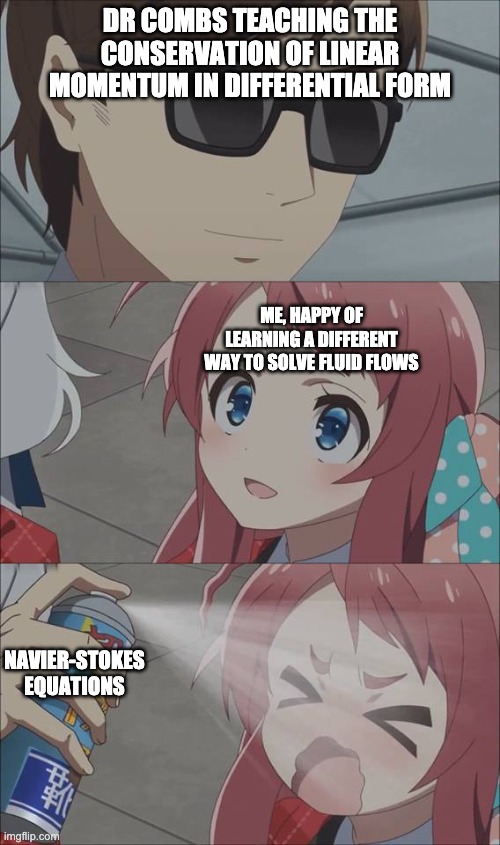


This one is a bit niche perhaps, but it was the perfect mix of educational, weird, and original that it made me laugh harder than perhaps all the rest 

Not sure if this counts as a meme, but it's a cinematic masterpiece and history lesson all in one from Stanley Ngo (plus I'm a sucker for Rick & Morty content)
But fluid mechanics can be a rough ride, particularly during a pandemic (credit top-right to @NasKhalil3) 




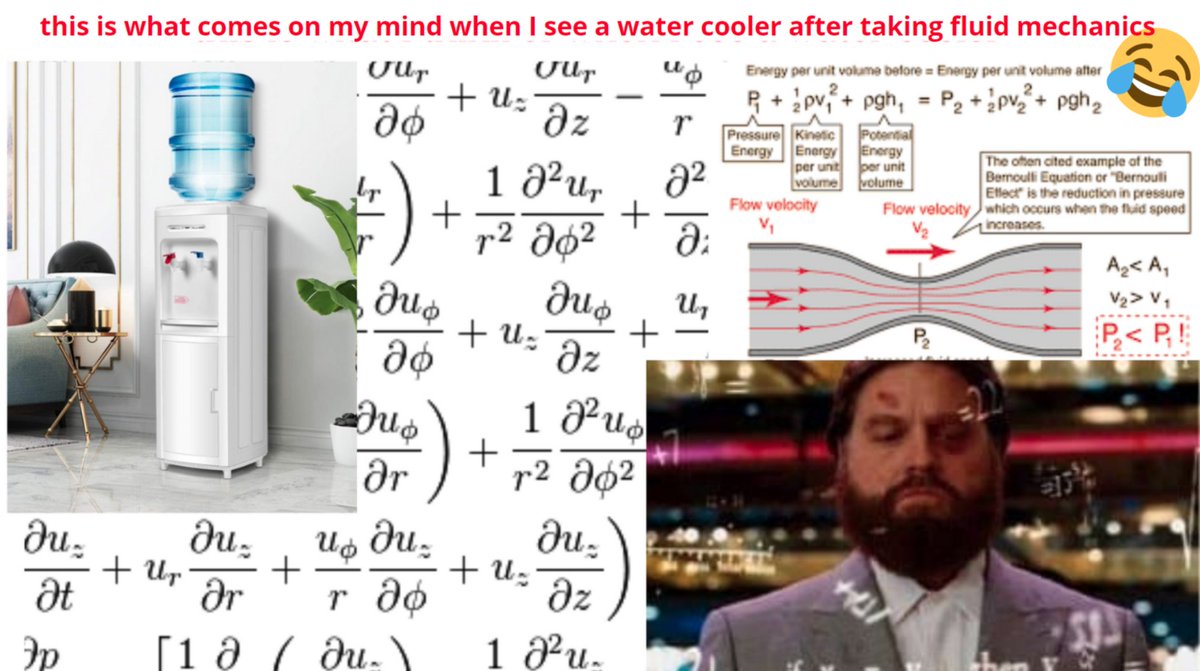
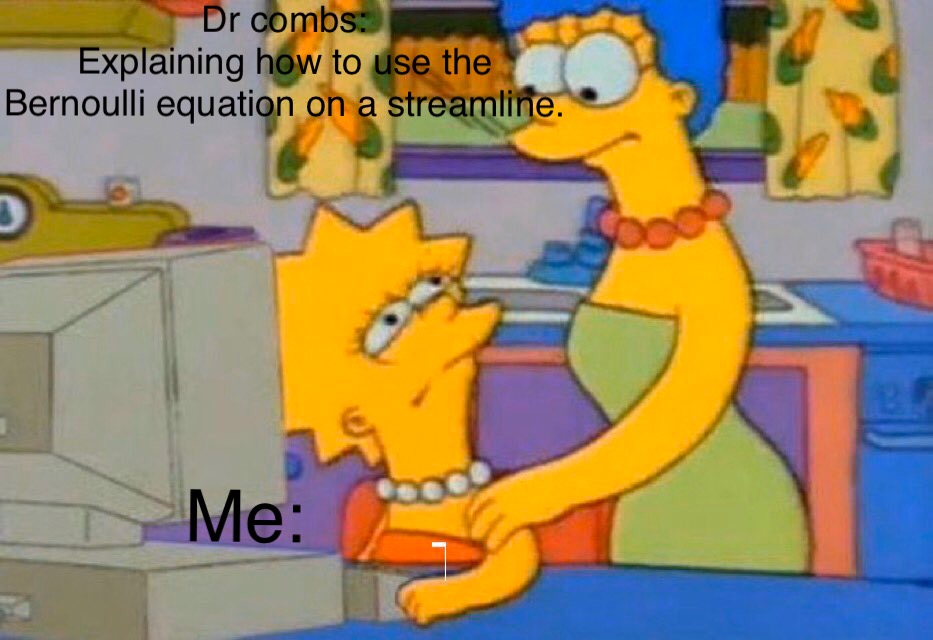
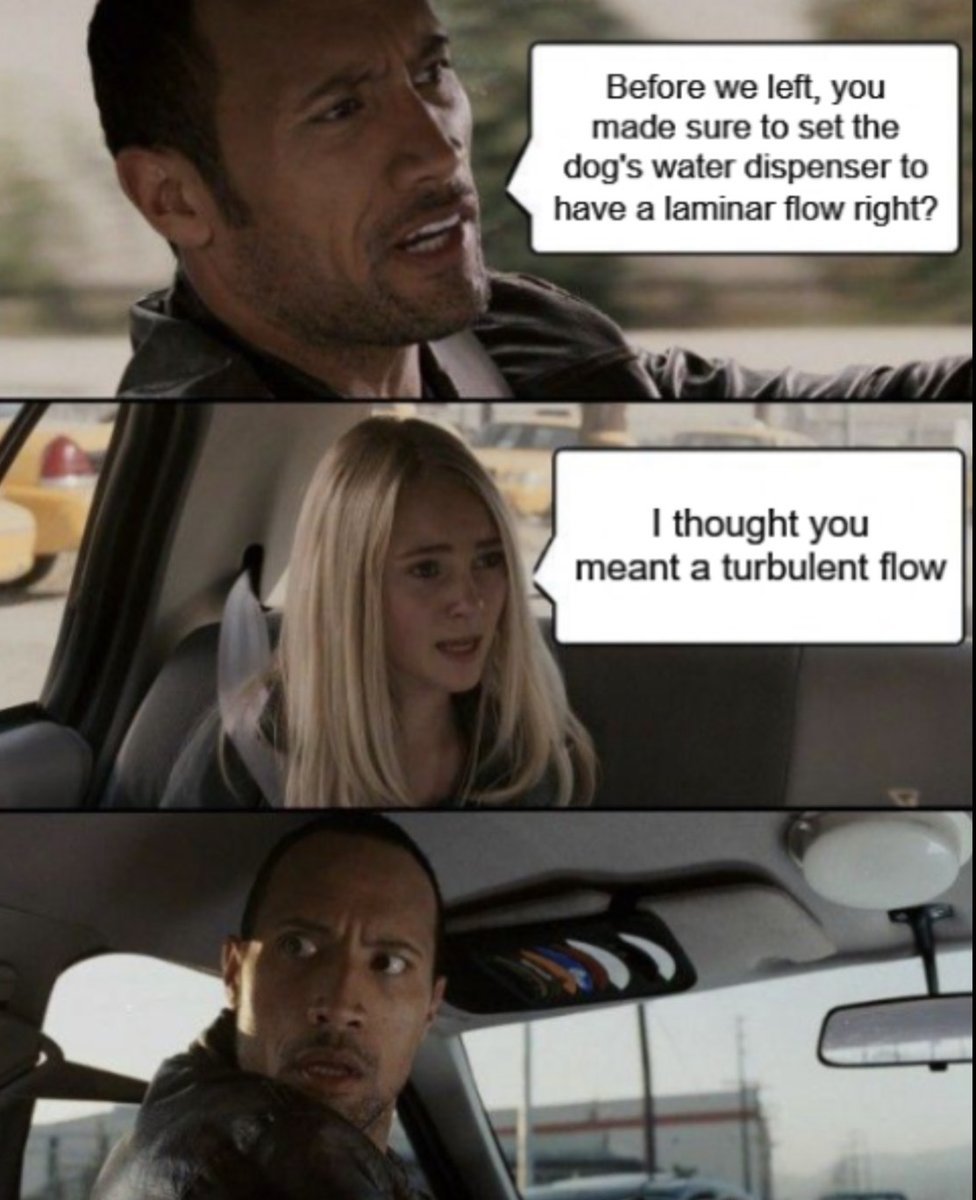
At least the students realize there is a good bit of utility provided by this daunting set of equations! 



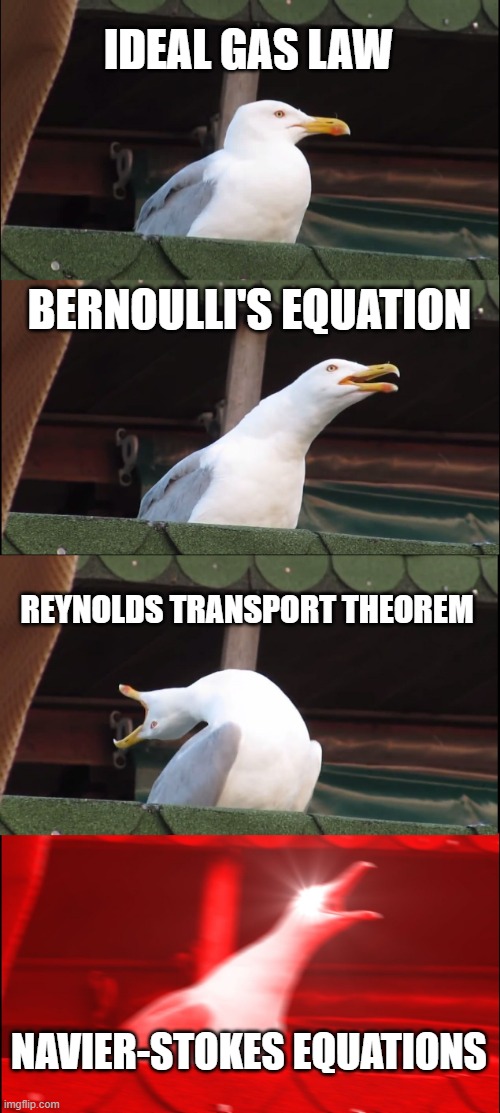
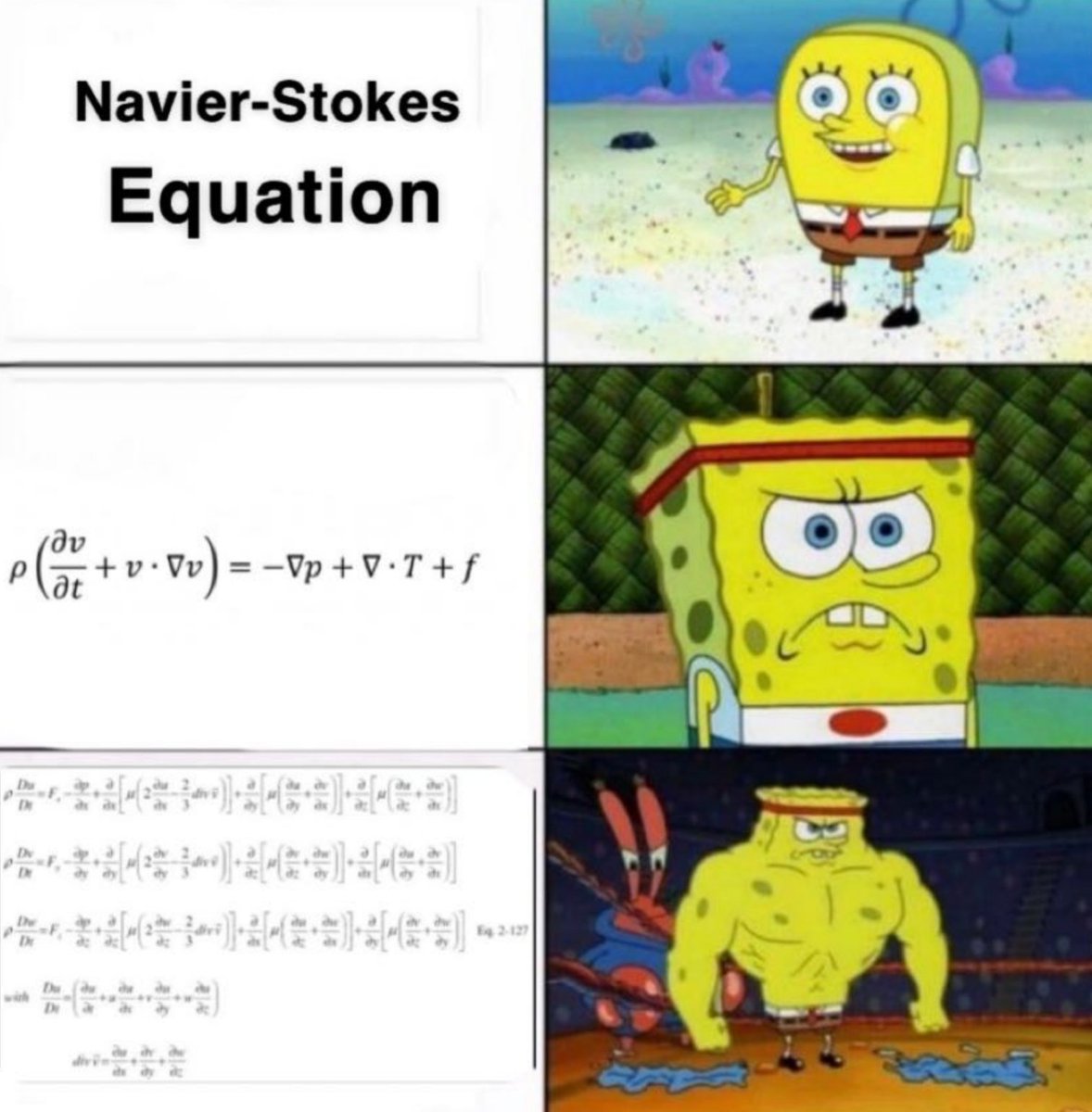


Overall though, the class certainly (and understandably) preferred to approach things with Bernoulli 







And while I thought I knew all the memes, there were a handful that...opened my eyes (credit bottom-right to Tanner Maul [instagram @MaulTanner]) 






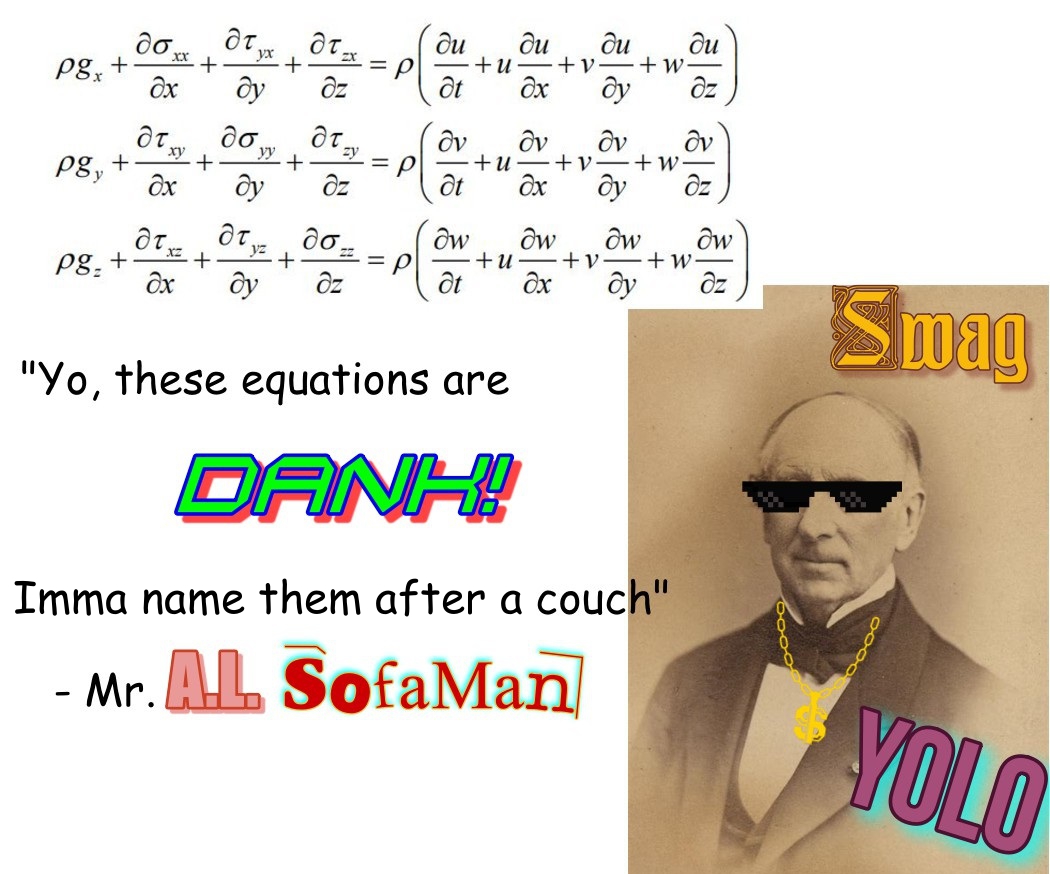
But at the end of the day I'm glad my students have accepted that as an engineer, there is ultimately no escape from fluid mechanics
I hope you all enjoyed these half as much as I did!
I hope you all enjoyed these half as much as I did!
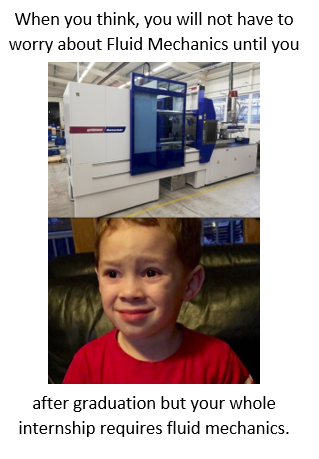
• • •
Missing some Tweet in this thread? You can try to
force a refresh
